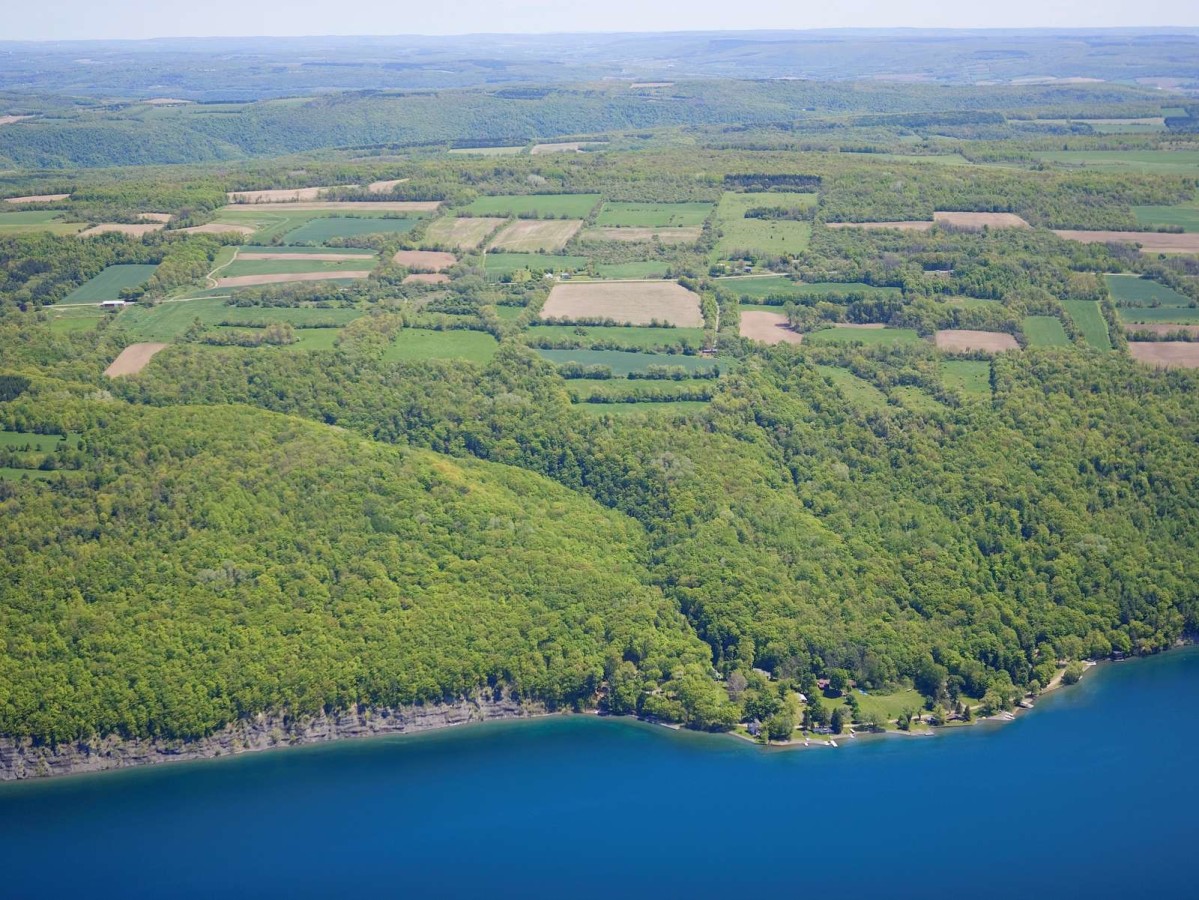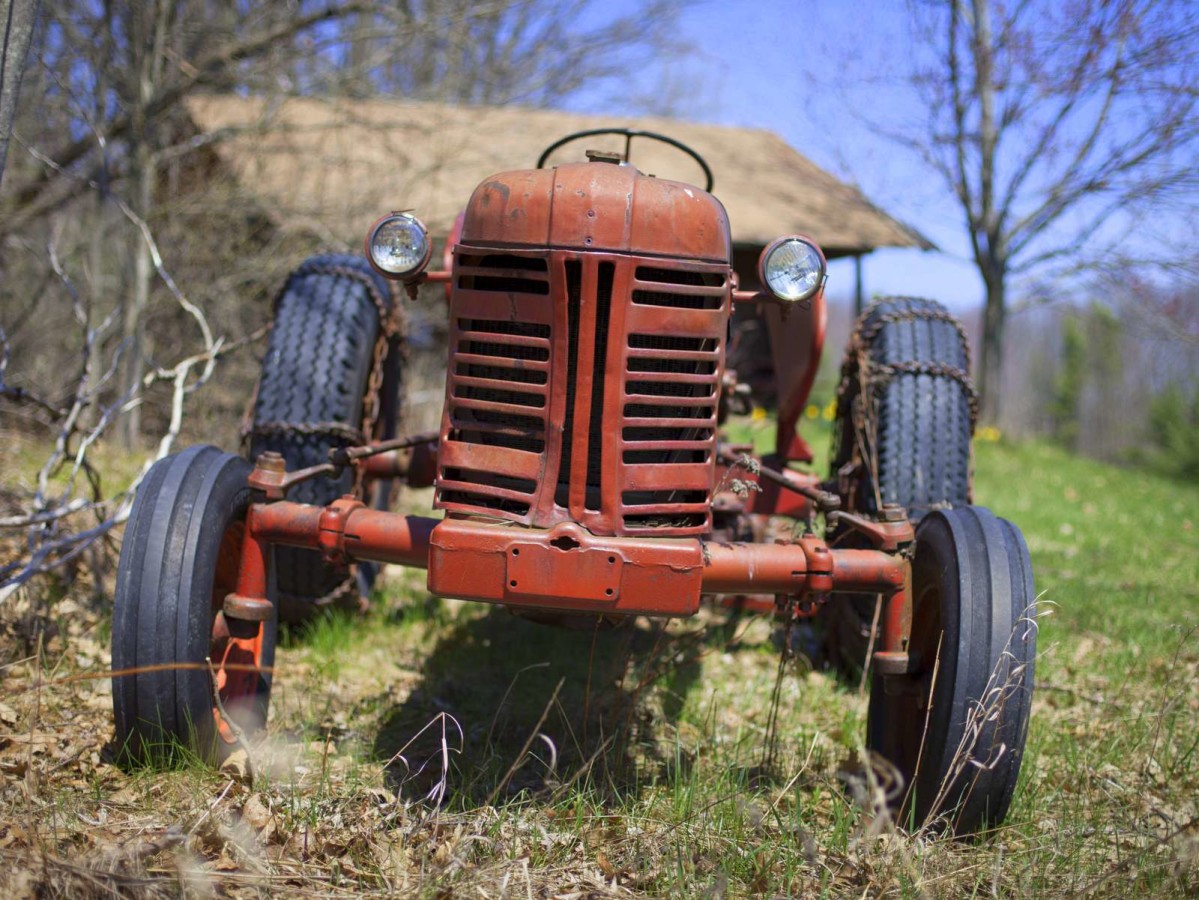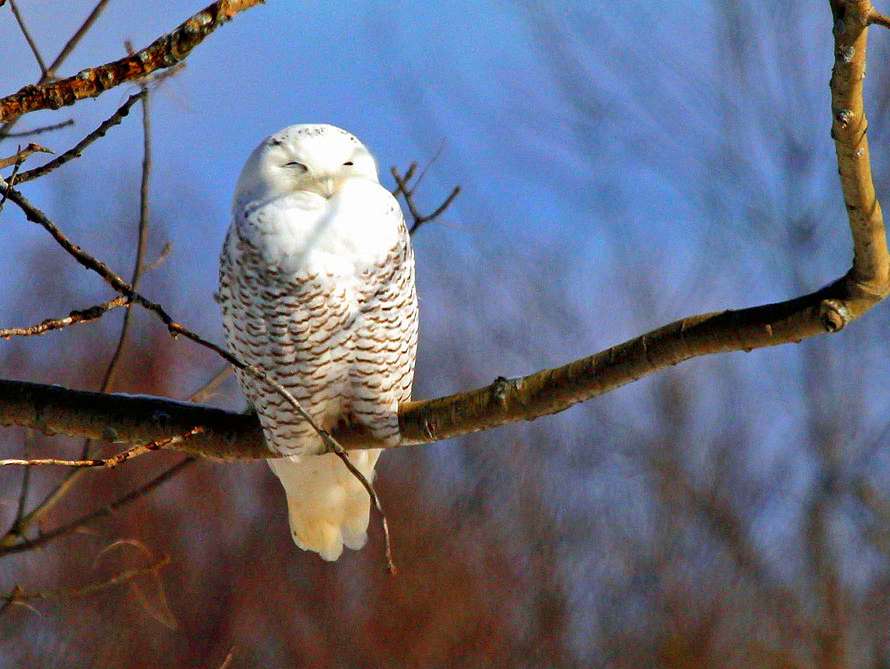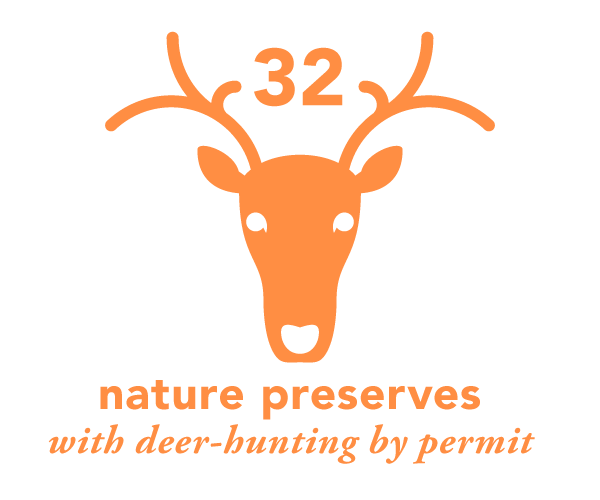You can browse these common questions about conservation in the Finger Lakes region, and contact us for more information.
What is the Finger Lakes region?
The 12-county Finger Lakes region of New York State is well known for its sparkling lakes, scenic landscapes, rugged gorges, and world-class wineries. The area is remarkably diverse, from the rolling forested hills of the Southern Tier to the broad agricultural plain that embraces the northern reaches of the 11 Finger Lakes. The unique mix of glacial lakes, agricultural lands, hardwood forests, and cities, towns, and villages, provides inspiration to residents and visitors alike.
What are the threats to the Finger Lakes region?
Though development in the region is taking place at a relatively modest pace, the character of the region’s rural landscapes, and the lakes themselves, are increasingly threatened by poorly planned development. Little undeveloped shoreline remains and “lake view” homes are starting to punctuate the verdant hillsides that provide a scenic backdrop to the lakes. At the same time, some of the best farmland in the United States is being subdivided into house lots. Both of these trends threaten the lakes’ water quality and also the region’s economic well-being and the quality of life that we all enjoy.
But isn’t there plenty of green space around here?
While the Finger Lakes region is blessed with considerable open space, development frequently takes place on those lands that are most sensitive – undeveloped lakeshore, properties in close proximity to our streams, prime agricultural land, steep hillsides that provide scenic views, and undeveloped land located within wildlife travel corridors. When development happens in these areas, there can be a disproportionate environmental impact.
Are there any solutions?
By working cooperatively with landowners and local communities, the Finger Lakes Land Trust has permanently protected over 31,000 acres of our region’s most significant undeveloped lands through direct acquisition as well as the use of conservation easements that limit future development. By carefully prioritizing its activities, and by coordinating its efforts with public conservation agencies, the Land Trust has made significant progress toward creating a network of conservation lands that will continue to provide us with clean water, locally grown foods, and access to nature close to home.
What is a land trust?
A land trust is a nonprofit organization that, as all or part of its mission, actively works to conserve land by undertaking or assisting in land or conservation easement acquisition, or by its stewardship of such land or easements.
Land trusts work with landowners and the community to conserve land by accepting donations of land, purchasing land, negotiating private, voluntary conservation agreements on land, and stewarding conserved land for the generations to come.
Most land trusts are community based and deeply connected to local needs, so they are well-equipped to identify land that offers critical natural habitat as well as land offering recreational, agricultural and other conservation value.
Today, there are 1,700 land trusts that have conserved 37 million acres of land in America – an area roughly the size of all the New England states combined.
What is the Finger Lakes Land Trust (FLLT)?
The Finger Lakes Land Trust was established in 1989 when a group of local residents took action to conserve lands that are vital to our region. Starting with this all-volunteer corps 30 years ago, the Land Trust now has 12 staff members, 200 volunteers and more than 2,000 members.
The Land Trust is a membership supported, non-profit, conservation organization that protects over 28,000 acres of our region’s beloved forests, fields, wetlands, streams, and lakeshores. Many of these lands are open to the public for quiet recreation through a network of over 35 nature preserves.
We have protected thousands of additional acres by working with landowners to place permanent development restrictions on private lands that remain on local tax rolls. We focus on protecting critical habitat and water resources, connecting conserved lands, and keeping prime farmland in agriculture.
We also hold programs to educate local governments, landowners, and the community about conservation. All of our work takes place within the 12-county Finger Lakes region — an area roughly the size of Vermont.
How does FLLT work?
The Finger Lakes Land Trust works with public conservation agencies, local governments, non-profit organizations, and other stakeholders to first identify those lands that are the highest priority for protection. Representatives of the Land Trust then reach out to the owners of these areas to better understand their goals for the land and to develop conservation strategies that meet their needs. Over time, the Land Trust uses a combination of techniques, including conservation easements, direct acquisition, and the creation of parks to grow networks of conserved land. Volunteers work together with the organization’s land management staff to care for the land and to provide for appropriate public access.
Who benefits from conservation in the Finger Lakes?
All who enjoy and value the Finger Lakes benefit from the work of the Land Trust. Lake lovers benefit from conservation projects that help ensure water quality; those seeking opportunities for outdoor recreation benefit from the Land Trust’s portfolio of public conservation areas as well as parcels added to state conservation lands and local parks; farmers and consumers both benefit from access to productive agricultural land as well as locally grown foods; and the scenic beauty of the area inspires us all.
Who can help save the lands and waters?
Everyone can play a role in helping to protect our lands and waters. By joining the Land Trust, members provide the support needed by the Land Trust to carry out its mission. Those who are able to volunteer their time can get involved by helping steward our lands, get involved in fundraising, or help with educational programs. And the owners of our most special undeveloped lands can explore options for conserving their land while providing for traditional uses such as agriculture and forestry.
But what if I don’t have any land to donate?
Saving land and caring for it in perpetuity requires a considerable investment of resources – both in terms of $ and human resources; contributions both large and small are vital to the Land Trust as are the dedicated volunteers that allow us to leverage our financial resources many times over. To succeed in our effort to conserve the Finger Lakes, we need everyone to get involved!
How can I keep up on conservation in the Finger Lakes?
When you become a member of the Land Trust, you’ll receive our popular quarterly newsletter The Land Steward, which features the latest news on our conservation activities as well as articles on the nature of our region. You can also receive up-to-the-minute news through our email newsletter, The Living Land, and you’ll have the opportunity to meet Land Trust staff and volunteers at field trips and special events that happen throughout the year.






